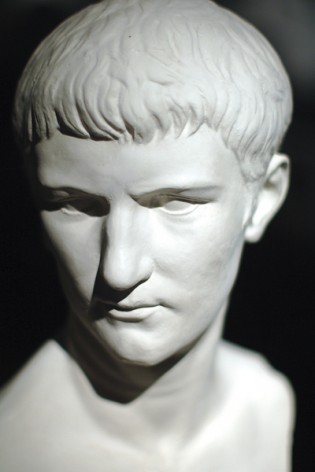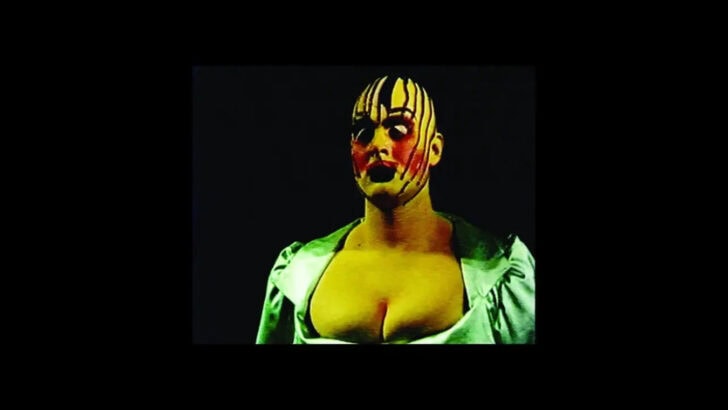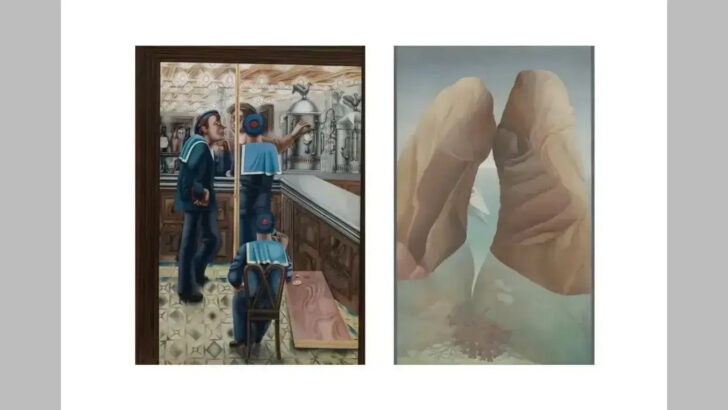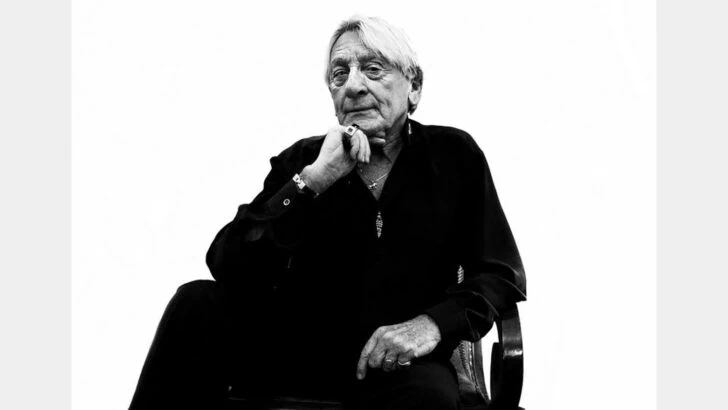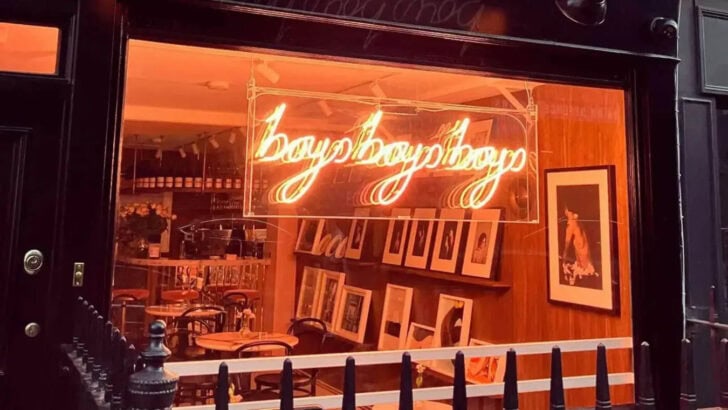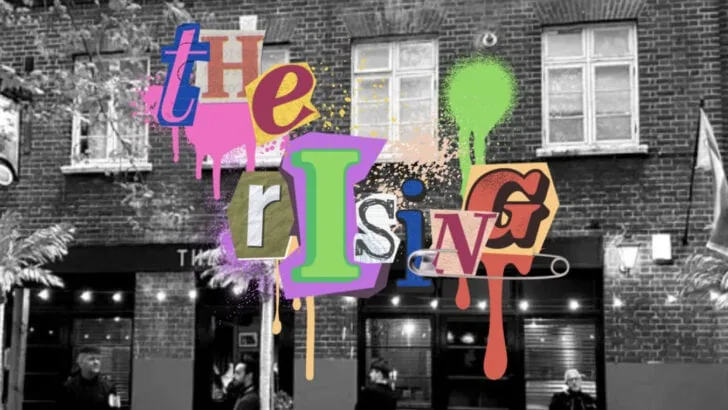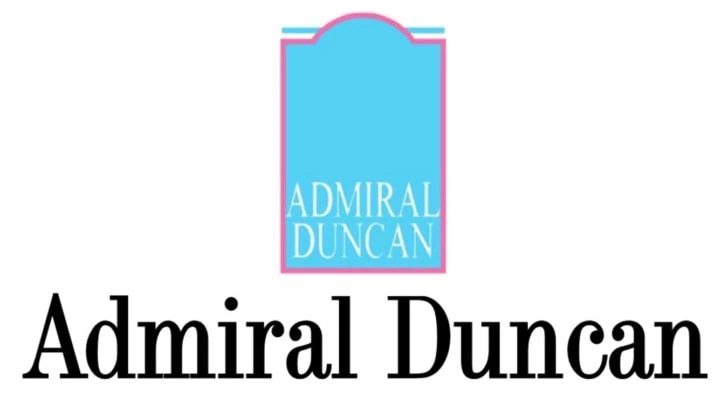David McGillivray’s new history series continues this week…
WHEN IN ROME…
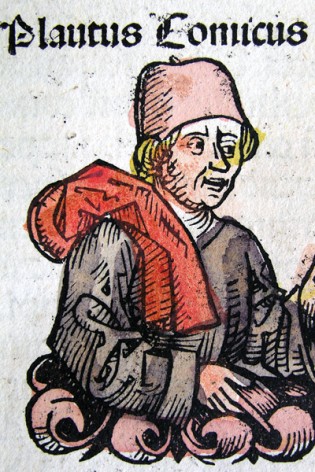
Roman actors were the first to gain celebrity as we know it. Caligula, Emperor from 37-41 AD, loved the company of loveys. His sexuality was notorious in England even in 1579, when Stephen Gosson wrote in The Schoole of Abuse, ‘Caligula made so muche of Players and Dauncers, that hee suffered them openly to kysse his lyppes.’ Historian Suetonius tells us that Pylades II, the greatest actor of his day, became the lover of Trajan, Emperor from 98-117 AD. ‘Picture John F. Kennedy bedding Laurence Olivier instead of Marilyn Monroe’, suggests Laurence Senelick, author of The Changing Room.
Roman theatre was even bawdier than Greek. In the declining years of Imperial Rome, low-class women began appearing on stage. But the end was nigh. Christianity swept the Roman Empire in a remarkably short time. It was its predominant religion by the 4th century AD. Christians hated the theatre. Priests didn’t attend and any Christian who became an actor was excommunicated. The only dramatist Christians liked was the tragedian Seneca (c.1 BC-65 AD), who disapproved of homosexuality. In the 6th century, theatres in Europe closed and actors were forced to scrape a living on the road as minstrels, acrobats and jugglers. They were basically beggars. Actors have never entirely shaken off their medieval reputation as rogues and vagabonds.
“Actors have never entirely shaken off their medieval reputation as rogues and vagabonds“
CREEPING OUT OF THE DARK
After the fall of Rome, civilisation flourished – but only in Islamic, Chinese and Indian cultures. Christian Europe was plunged into its Dark Ages. We don’t know much about everyday life during this period because so little was written down. But what exists makes no mention of theatre. Its revival probably can be traced back to Roman festivals, which involved an element of performance. The most important of these, Floralia, celebrated fertility and the renewal of life. It became May Day. The Queen of May was portrayed originally by a young boy, and this is the earliest example of English drag. Theatre historian Phyllis Hartnoll writes, ‘The Church quietly absorbed such pagan rites…into its own ritual, unconsciously preparing the way for the revival of the theatre it had tried to suppress.’
From the 10th century, Latin dialogues performed in church by priests and choirboys developed into liturgical drama, which later moved out of the church and into the market square, performed in English by local people sometimes on the backs of wagons. These performances, enactments of stories from the scriptures, became known as Mystery Plays. There were similar developments throughout Europe, and several of the scripts have survived. The most interesting survival from our point of view is The Killing of Abel (c.1400).
By the end of the 15th century, secular plays were being performed in private houses. Carl Miller, author of Stages of Desire, claims that one of the first, Fulgens and Lucrece (1497), has ‘gay’ content. The 16th century saw the first purpose-built theatres since Roman times and the return of professional actors, one of whom was Shakespeare. From that time on, as we’ll see next week, gay men found a place to call their own.
GREAT GAY PLAYS
Mactacio Abel/The Killing of Abel (c.1400 AD)
You didn’t know that the story of Cain and Abel is actually about gay men? It is in this version, the earliest surviving English play. Cain wants to suck his servant Garcio’s cock and fuck him. Then he suggests sex with his brother Abel (‘Com kis myn ars, me list not ban’ (‘Come and kiss my arse. I won’t curse.’) Interesting that this material was evidently popular while the penalty for sodomy was death.
Fulgens and Lucrece (1497 AD)
Henry Medwall (c.1462-1502) nicked the plot (Roman Senator’s daughter Lucrece has to choose between two suitors) from an Italian story, then added a comic subplot. At one point a servant garbles a message for Lucrece, and it comes out as, ‘And than as he said, ye did no worse/But even fair kissed him on the noke of the ars’ (‘And then he said you did no worse than kiss his arsehole.’) With Lucrece played by a man, you can imagine the howls of mirth.
